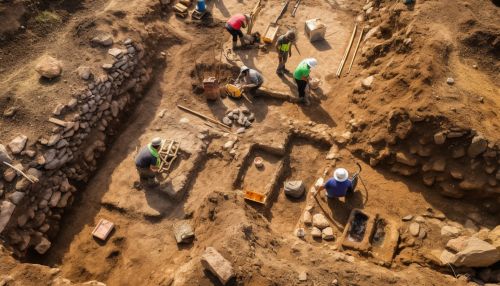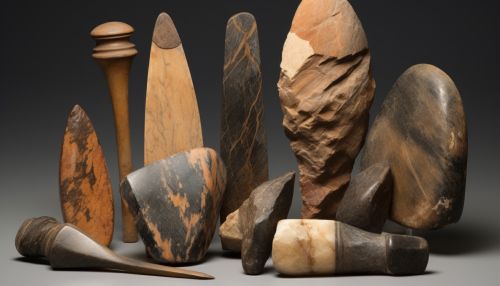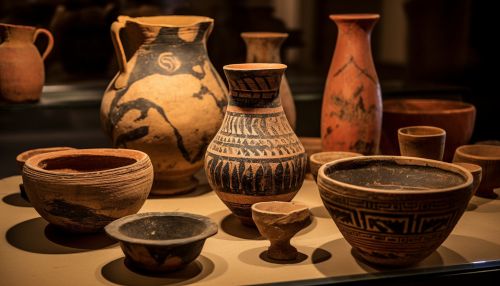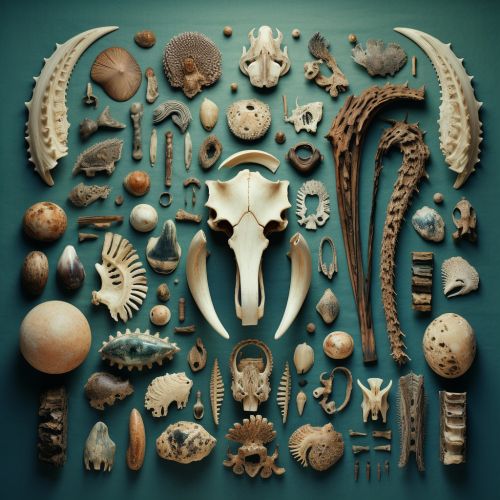The Role of Archaeology in Understanding Human Evolution
Introduction
Archaeology, a sub-discipline of anthropology, plays a critical role in understanding human evolution. By studying material culture and environmental data, archaeologists gain insights into the behaviors, technologies, and adaptations of early humans. This article delves into the various ways archaeology contributes to our understanding of human evolution.


The Role of Archaeology in Human Evolution
Archaeology provides a tangible link to our past, offering a window into the lives of our ancestors. It helps to fill the gaps in our understanding of human evolution, particularly in areas where the fossil record is sparse or non-existent.
Material Culture
The study of material culture - the physical objects created, used, or altered by humans - is a cornerstone of archaeological research. These artifacts, which range from stone tools to pottery to structures, provide direct evidence of human behavior and technology.


Stone Tools
The study of stone tools is a crucial aspect of understanding human evolution. The development and refinement of stone tools over time reflect the cognitive and motor skills of early humans. The presence of stone tools at archaeological sites also provides evidence of human occupation and activity.
Pottery
Pottery, another significant artifact in archaeology, provides insights into the cultural practices of early human societies. The designs, materials, and techniques used in pottery production can reveal information about social organization, trade networks, and technological advancements.


Environmental Archaeology
Environmental archaeology involves the study of the relationship between early humans and their environment. This includes the analysis of plant and animal remains, soils, and landscapes to understand how humans adapted to and shaped their environment.
Paleoethnobotany
Paleoethnobotany, the study of ancient plant use, provides insights into early human diets, agricultural practices, and the domestication of plants.
Zooarchaeology
Zooarchaeology, the study of ancient animal remains, can reveal information about early human hunting practices, diet, and the domestication of animals.


Archaeological Methods and Techniques
Archaeologists employ a variety of methods and techniques to uncover and interpret the past. These include excavation, dating techniques, and spatial analysis.
Excavation
Excavation is a fundamental archaeological method. It involves the systematic removal of soil and other materials to reveal artifacts and features. The location and context of these finds are meticulously recorded to aid in interpretation.
Dating Techniques
Dating techniques, such as radiocarbon dating and dendrochronology, provide a chronological framework for archaeological finds. These techniques allow archaeologists to determine the age of artifacts and features, contributing to our understanding of the timeline of human evolution.


Spatial Analysis
Spatial analysis in archaeology involves studying the spatial relationships between artifacts, features, and landscapes. This can reveal patterns of human behavior, such as settlement patterns and resource use.
Conclusion
Archaeology plays a vital role in understanding human evolution. Through the study of material culture and environmental data, archaeologists can reconstruct the lives of our ancestors and trace the trajectory of human evolution.
